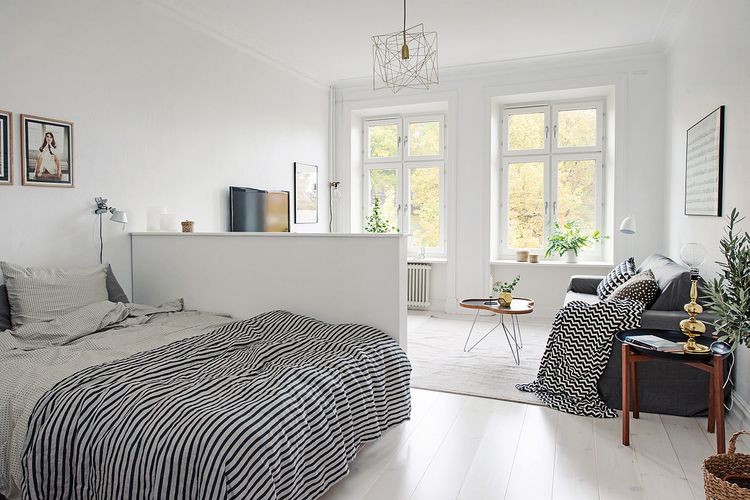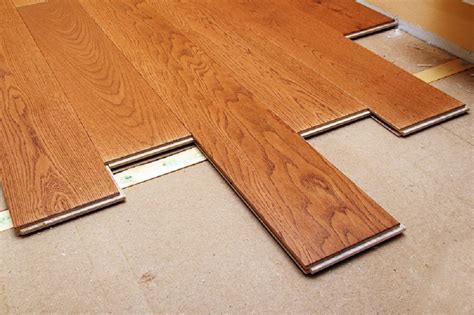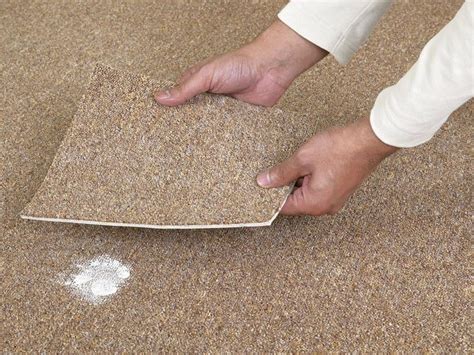
Enamel paint is a versatile and durable coating that is widely used in various applications. Whether you’re a DIY enthusiast or a professional painter, understanding what enamel paint is and its unique properties can help you achieve long-lasting and beautiful finishes. In this article, we’ll explore the fundamentals of enamel paint, its origin, where to use it, and its compatibility with different materials. So let’s dive in and discover the world of enamel paint!
What Enamel Paint Is
Enamel paint is a type of paint that dries to a hard, glossy, and durable finish. It is composed of a solvent-based or water-based carrier, pigments, and resins that provide exceptional adhesion and resistance to wear and tear. The name “enamel” comes from the smooth and glass-like appearance the paint achieves once it dries.
Enamel Paint’s Origin
The origins of enamel paint can be traced back to ancient civilizations such as Egypt and China. These early forms of enamel were made by fusing powdered glass with pigments onto various surfaces, creating a vibrant and durable coating. Over time, enamel paint evolved to incorporate different resin formulations, allowing for easier application and improved performance.
Where to Use Enamel Paint
Enamel paint is suitable for a wide range of applications and surfaces. Here are some popular uses:
Refurbishing a Barbecue Grill
Enamel paint is an excellent choice for refurbishing a barbecue grill. Its heat-resistant properties allow it to withstand high temperatures without peeling or discoloration. Whether you’re touching up small areas or giving your grill a complete makeover, enamel paint can restore its appearance and protect it from rust and corrosion.
Painting Door Casing
When it comes to door casings, enamel paint offers durability and a smooth, glossy finish. It is resistant to scuffs, stains, and moisture, making it ideal for high-traffic areas. Whether you’re painting interior or exterior door casings, enamel paint provides a long-lasting and visually appealing result.
Revitalizing Your Outdoor Furniture
If your outdoor furniture is looking worn and dull, enamel paint can breathe new life into it. With its weather-resistant properties, enamel paint can withstand exposure to sunlight, rain, and other outdoor elements. From metal to wood furniture, applying enamel paint can transform your outdoor space and protect your furniture for years to come.
Fixing Kitchen Appliances
Enamel paint is commonly used for touching up or refinishing kitchen appliances such as refrigerators, stoves, and dishwashers. Its durable and smooth finish can cover scratches, chips, and stains, giving your appliances a fresh and updated look. Ensure that the paint is specifically designed for use on appliances and follow the manufacturer’s instructions for proper application.
Other Uses for Enamel Paint
Enamel paint has a wide range of additional applications, including:
- Painting metal surfaces such as railings, gates, and automotive parts
- Creating decorative finishes on ceramics, glass, or pottery
- Coating cabinets, furniture, and trim
- Touching up or refinishing bathroom fixtures
- Adding color and protection to crafts and DIY projects
Enamel Paint’s Compatible
Materials
Enamel paint can adhere to various materials, including:
- Metal: Enamel paint’s excellent adhesion and corrosion resistance make it a popular choice for painting metal surfaces.
- Wood: Whether it’s furniture, cabinets, or trim, enamel paint can provide a smooth and durable finish on wood.
- Plastic: Enamel paints formulated for use on plastic surfaces offer good adhesion and flexibility.
- Glass: Some enamel paints are specifically designed for glass applications, allowing you to create vibrant and permanent designs.
- Ceramic: Enamel paint can be used to decorate and seal ceramics, providing a glossy and long-lasting finish.
FAQs (Frequently Asked Questions)
1. Is enamel paint the same as oil-based paint?
Enamel paint can be both oil-based or water-based. Traditionally, enamel paint referred to oil-based formulations, but nowadays, water-based enamel paints are also available. It’s essential to check the label or product description to determine the base of the enamel paint you’re using.
2. How long does enamel paint take to dry?
The drying time of enamel paint can vary depending on factors such as temperature, humidity, and the thickness of the applied coats. Generally, it takes around 8-24 hours for enamel paint to dry to the touch. However, it’s important to note that full curing and hardness can take several days or even weeks.
3. Do I need to prime before using enamel paint?
Priming is generally recommended before applying enamel paint, especially on bare or porous surfaces. A primer enhances adhesion, improves coverage, and promotes a more even and durable finish. However, some enamel paints are formulated as self-priming, meaning they have built-in primers that eliminate the need for a separate primer coat. Check the manufacturer’s instructions for specific recommendations.
Conclusion
Enamel paint is a versatile and durable option for a wide range of applications. Its smooth, glossy finish and exceptional durability make it an excellent choice for various surfaces, from metal and wood to ceramics and plastic. Whether you’re refurbishing a barbecue grill, painting door casings, revitalizing outdoor furniture, or tackling other projects, enamel paint can provide long-lasting beauty and protection. Just remember to follow the proper preparation and application techniques for optimal results. Now that you’re equipped with the knowledge of enamel paint, unleash your creativity and transform your spaces with this versatile and durable coating.

:max_bytes(150000):strip_icc()/what-is-the-difference-between-a-pergola-and-an-arbor-2736630-hero-68bb466d08ab490a81ad36b2b44cccdf.jpg)




